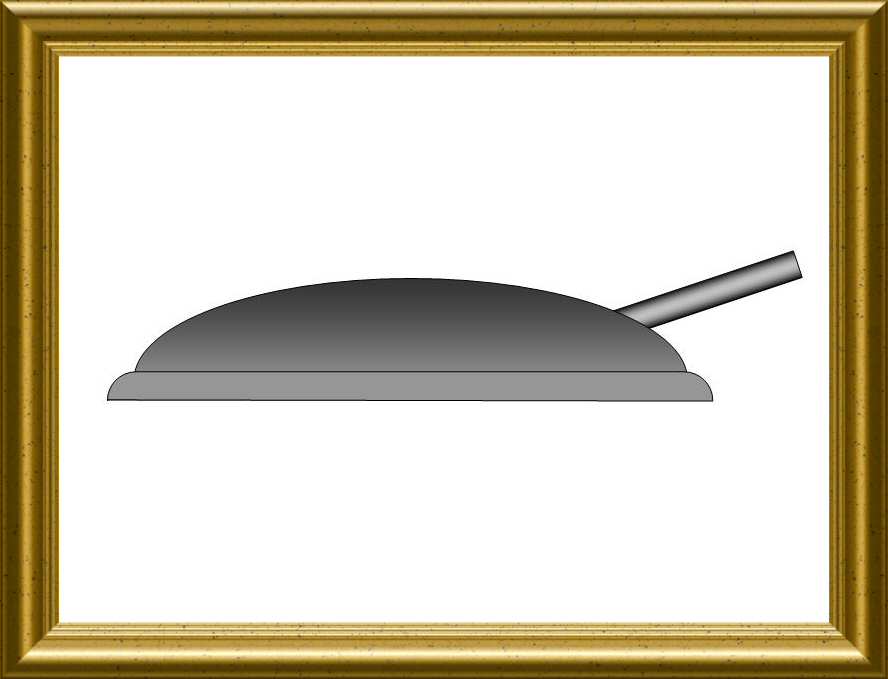|
|
|
|
|
|
|
 Germany
|
10cm panzerTurm Kanone (Lang, Versträkt, Kürze) |
 Fortress artillery
|
|
|
Contributor :
|
Location :
France
Mutzig (67)
Feste Kaiser Wilhelm II (Mützig Fort)
Coordinates :
Lat : 48.55580 / Long : 7.45550
|
General comments on this surviving gun :
Identical items in the same location :
4
Items covered by this file :
4
|
|

|

|
|
The N°6 battery of Mützig fortress, that knew little fighting in 1914, then more violence at the end of WW2, is composed of 4 identical 10cm P.T. (verst.).
|
View on the tube strenghtening, designed to improve its resistance to shelling
|
|
|
|
Historic and technical information
|
|
Denomination :
10cm TK
|
Origin :
 (
Krupp)
(
Krupp)
 (
Schumann )
(
Schumann )
|
|
Historic context :
The 10cm K 99 fieldgun appears in 1899 folloowing the creation of the 10 cm KiSL fortress gun introduced in 1897, first guns of a future fertile family of 10 cm guns. The next ones are born in 1900 with the arrival of cuppola guns, the :
- 10 cm TK ('Turm Kanone' - Cupola gun), sometimes named 10 cm PTK ('Panzer Turm Kanone' - Shielded cupola gun
- 10 cm TK verst. ('Turm Kanone Verstärkt' - Cupola reinforced gun), sometimes named 10 cm PTK Verst. ('Panzer Turm Kanone Verstärkt' - Shielded cupola reinforced gun
A short barrel model, the 'kurze 10 cm TK' also existed, with a tube shortened to 20 calibres (instead of the 35 calibres of the other guns), particularly dedicated to the defence against targets sheltered in valleys or behind obstacles, thanks to the short tube and an increased elevation angle range (5 à 42 degrees).
These guns were mounted inside heavy Schumann designe steel cupolas with thicknesses ranging from 40 to 150 mm, and fired ammunitions with cartidges. Since these cupolas were not retractable, the guns barrels were exposed to ennemy fire so that a variant 'Verst.' (Versträkt) appeared with a tube reinforced by a steel mantel.
The vertical aiming was made by pivoting the tube around a ball joint with the cupola. There was no recoil recuperation mechanism, the bung being statically linked to the fortress mass. The horizontal aiming and the firing needed to elevate the cupola about 2 inches over the shielded ring base. For this reason, the shooting recoil had the whole cupola oscillate some moments...
Metz and Thionville fortified places owned 32 such cupolas.
|
Technical data :
- Complete description : 10cm gun in armoured cupola (long, reinforced or short)
- Design year : 1900
- Calibre : 105.00 mm
- Weight in firing position : 80020 kg including 1520 kg for the tube only (+1500 kg for the version verst.)
- Weight for transportation :
- Tube length in calibres : 35.00 (total tube length) - 27.1 for the rifled part only. 20 calibres for the kürze version
- Grooves : 32 progressive angle 4 to 7 degrees
- Projectile weight : 18.75 kg (explosif) - 16.06 kg (shrapnell)
- Initial speed : 585 m/s
- Fire rate :
- Range : 13100 m (high explosive) - 10800 m (shrapnell)
- Elevation range : -5 to +35 degrees
- Direction range :
|
Sources
|
-
German Artillery of World War One Herbert Jager Crowood 2001
|
|